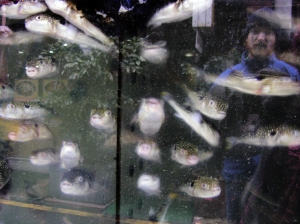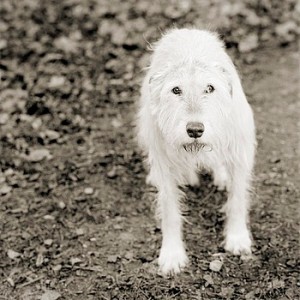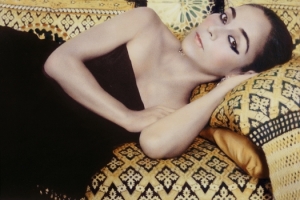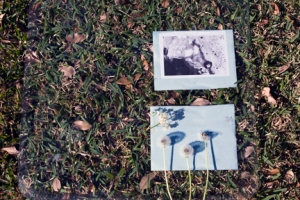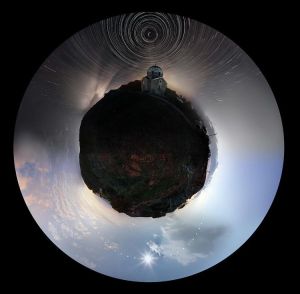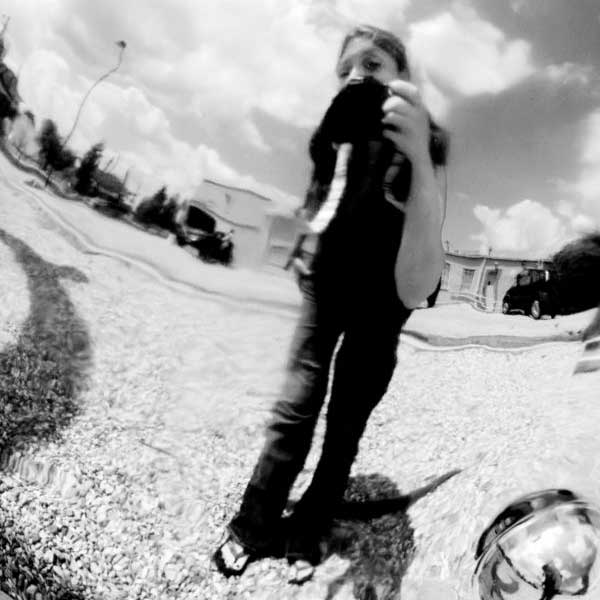Category: Art
Take a picture in celebration of World Photography Day
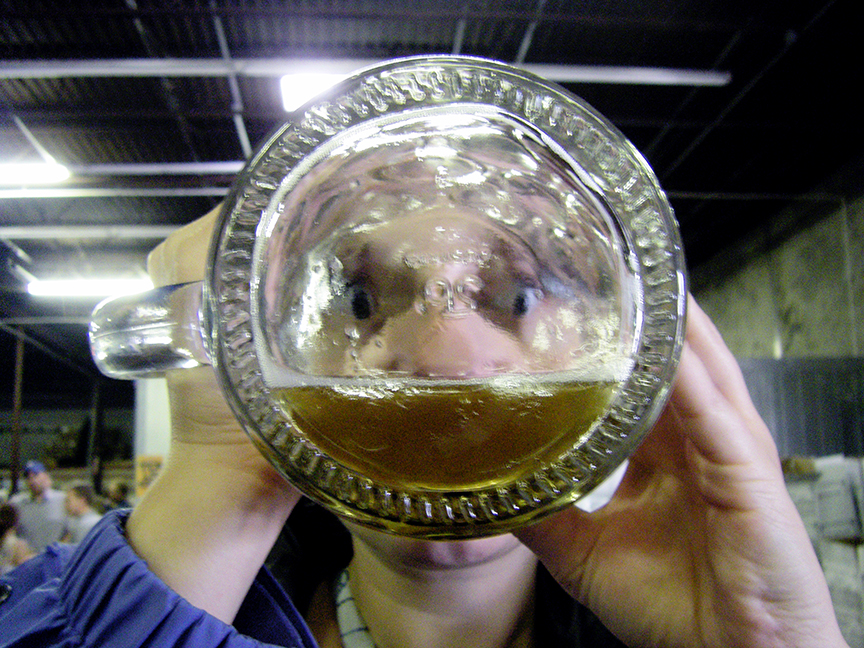
Happy World Photography Day! World Photography Day is a lesser known (but growing) holiday where photographers worldwide celebrate their craft. The date of August 19th is significant to the world of photography because on August 19, 1939, a few months after Louis Daguerre published the announcement of his invention, the daguerreotype, the French government announced this invention as a “gift to the free world.”
Photography pro’s, enthusiasts, geeks, hobbyists, or even none of the above, take a picture today in commemoration of photography and its place in the world today. As a little dedication to photography, below you’ll find a gallery of my most recent personal project: a few pics taken in Cabo San Lucas, Mexico.
Celebrating the great American snapshot
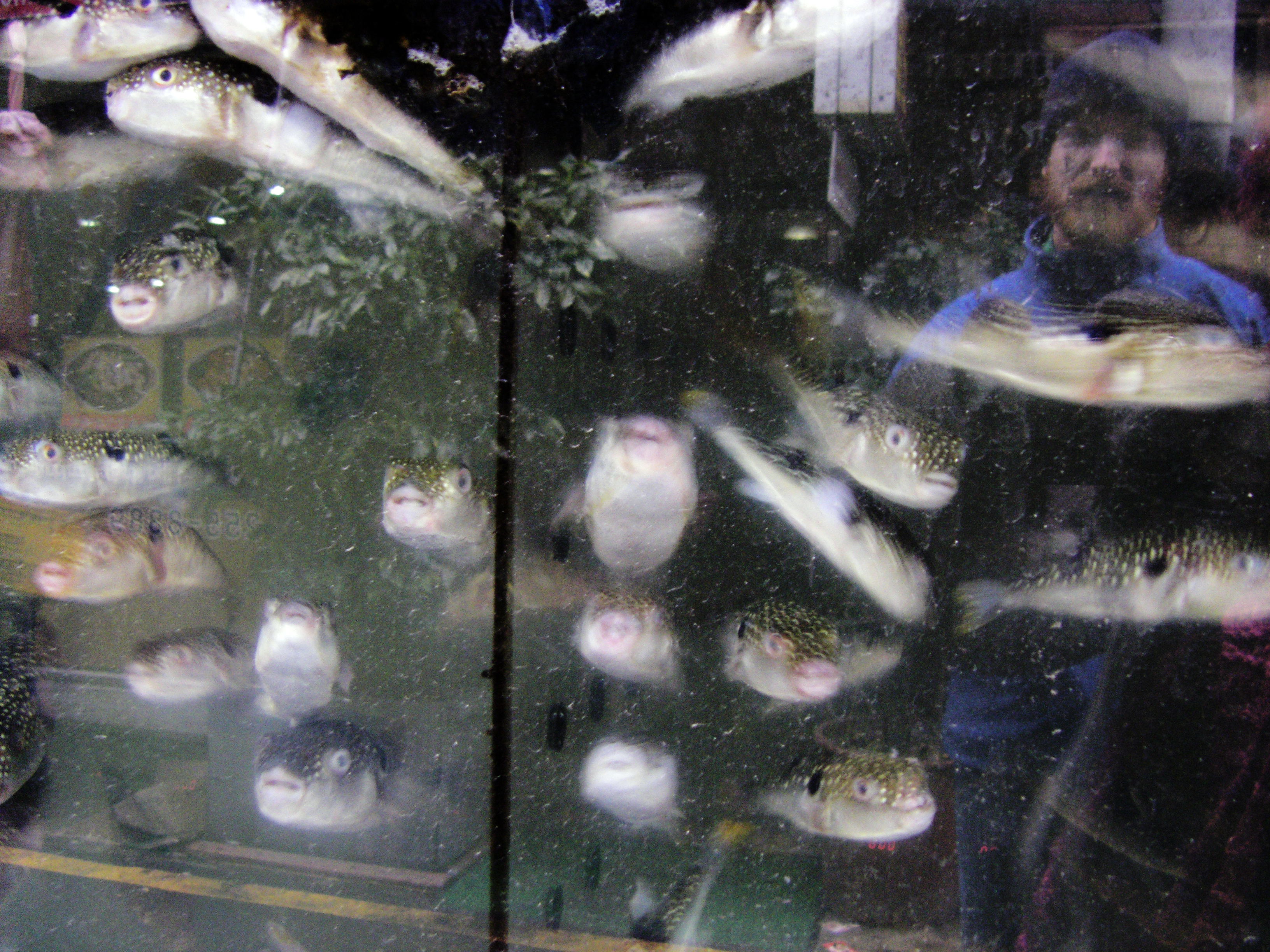
A “snapshot” is a photograph taken in spontaneity, often (but not always) with a non-professional camera. While a snapshot is not usually taken with any kind of artistic integrity in mind, the little imperfections that are synonymous with a snapshot can yield an artistic result. There is also something distinctively American about the snapshot, probably because we invented it. Good ‘ol Eastman Kodak invented the Brownie camera in 1900 and suddenly photography was no longer strictly for the professionals. “You push the button, we do the rest.” So begins the tale of poorly-exposed-heads-chopped-off-no-depth-of-field photography. The snapshot has, naturally, changed with the times. Film is no longer shipped to Kodak to get processed. In fact, people pretty much no longer get their images processed at all. (I don’t even get prints made anymore unless I am actually going to hang them up.)
The snapshot has made yet another leap as of late, moving from camera to phone. While few people make it a habit to bring their point-and-shoots with them everywhere, everyone brings their phone with them everywhere. The snapshot is suddenly peaking. People not only have the tools to take them anytime, anywhere, but they also immediately share them, either by uploading online or with a quick text or email.
In celebration of the art of the snapshot, photographer Chase Jarvis, an artist in a residency program at the Ace Hotel in New York, has created Dasein – An Invitation To Hang. This month-long project is an interactive “work of social art” in which Jarvis is taking snapshots around New York for a month. The cool part is that anybody can upload their own snapshots to share online. A selection of these images will also hang in the gallery at Ace Hotel New York and they will be updated with hundreds of new images daily. Photographers will not, however, be notified if their image is selected to hang. The only way to see if your snapshot makes it to the gallery wall is to stop by. Clearly this is limited to those living in or visiting New York, but that doesn’t mean we can’t all participate just for funsies.
I are still cuddly
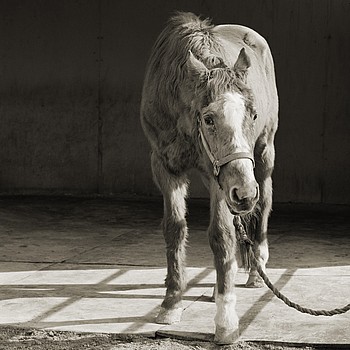
One of the many internet obsessions of today comes in the form of the cute and cuddly. From LOL cats to Cute Things Falling Asleep, people’s obsession with our furry friends has manifested itself online and wiggled its way into the mainstream realm. Kittens aren’t just for calendars anymore. Many videos and images that go viral, however, involve the very cute, very endearing, baby animals of all persuasions. This begs the question: what about our aging animal community?
Houston-based photographer Isa Leshko has not forgotten this oft-overlooked (and might I say marginalized?) community of elderly animals. Her latest work consists of a series of portraits of just that: elderly animals. Leshko’s captivating images show that there is still beauty in the breakdown. She visited farms and sanctuaries across the country photographing geriatric animals of various species, many of them farm animals. An old dog may not learn new tricks, but she remains loyal as sure as the old rooster still crows at first light.
Leshko’s demure images remind us that all aged creatures, human or otherwise, have a story to tell and wisdom to impart. Was that a work horse or a race horse? Was that old dog once the trusty steed of a young boy’s imagination? The images also oh-so-subtly remind us of our own mortality. It’s interesting how images of creatures very much alive can prompt a person to mull over the intricacies of life and death. So, folks, let’s applaud our elderly animals, if for no other reason than to remind them that they are not alone as they rage against the dying of the light.
If you happen to be in Galveston in late summer, check out Leshko’s portraits at Galveston Arts Center, scheduled for July 16-August 21.
The vintage look and old-school technique meet fine art photography

As a little girl I would visit my grandmother’s house in St. Louis for holidays and summers, and on the wall in the living room lined up are the senior portraits of my mother and her six brother’s and sisters with their tassels hanging from the corner. It’s the first thing you see when you walk in their house and I always remember looking at each of them, noting the 60’s-70’s hair-cuts, and how pretty all my aunts look lined up there. Another distinctive aspect always drew my attention to the first four portraits of my mom and three of her sisters. They went to an all-girls Catholic school, and the portraits at their school were taken in black and white and then hand-colored. Very snazzy and popular at the time, I’m sure. I remember asking my mom about it at some point, and she explained the process that they were really black and white photos that had been painted over.
This process has become less popular over the years, obviously once color photos became all the rage and especially now that with a few mouse clicks one can create that similar vintage look in Photoshop. I tried to hand-color some black and whites myself once, after a homeless kid gave me a brand new set of photographic paints (this is a story for a different time, but for now let’s just say I am very easy talk to). At any rate, I got out a print from my black and white class and attempted to color it in. This was not easy. Not only do you have to blend the colors to look just right, but it takes such a delicate hand to keep the paint from ending up in globs all over your print. As an antsy 18 year old, I found the process too frustrating to perfect. It wouldn’t have surprised me if the process had gone extinct…
Enter Egyptian photographer Youssef Nabil. His inspiration stems from his childhood love of old Egyptian movies and movie stars and his hand painted prints reflect a nostalgia nearly everyone can relate to. He is one of the few photographers left that hand paints his photographs. He has created numerous portraits of actors, performers and artists, and has even shot some near-household names including David Lynch, Tracy Emin and Alicia Keys. While the hand painted process has come full circle and returned to a state of novelty, look past the color and you find a set of poignant photographs that convey a sense of honesty in each of his subjects. It’s no wonder his work has been displayed all over the world.
Nabil’s images bring more than that old Hollywood nostalgia. For me, at least, they also take me back to my grandmother’s living room.
Hello, sun
Today I have the perfect little DIY project: it’s cheap, easy and old-school.
Sun prints!
Remember those blue pieces of paper you put in the sun and lay things on? In my first black and white class, our first project was the photogram. The process is nearly identical, the paper and developing solution is the only difference. I am actually going to show you how to do this both the old-school way by lying objects on the paper AND how to make a sunprint that actually looks, more or less, like a photograph. I’ve been using these as the CD jacket for my portrait clients, just for something different. This project is also good for kids. I do not have many tricks up my sleeve when it comes to entertaining children, but this happens to be one of them.
Here’s what you need:
•Sun print paper. I had a hard time finding this at any of the art supply stores in town and ordered online.
•A digital photo and the means to make it black and white, invert it, and print it off on regular computer paper.
•Objects to set on top of the paper. Objects of varying transparency tend to look a little better, just keep in mind if you use something solid all you’re gettin’ is the outline.
•Scotch tape
•Something flat and clear with a little weight to it. A piece of glass or plexi-glass is gonna be your best option. Don’t have any glass just lying around? Try using some from a picture frame. Just be careful of those sharp edges!
•A dish of water
First, for your sun print-photograph, select an image. Images high in contrast without tiny important details work best. Open the image in your photo-editing software and make it black and white. It’s also beneficial to increase the contrast pretty high. Next, invert your photograph so it looks like a negative. (In photoshop, on a Mac anyway, it’s command (apple) “i”). Then crop and re size the image to fit on your paper. I like to make it a little smaller than the paper so I can do some trimming and I don’t have to worry about the tape ripping off part of my final image.
Next, tape the image to your glass with the image showing through on the other side, and tape a piece of sun print paper over it. If you are doing both kinds of sun prints at the same time, tape another piece of sun print paper to the glass.
For your photogram sunprint, have your items on hand. Lay the glass in the sun, and place your objects over the blank piece of sunprint paper. You could also do a combo and try placing objects over the one you are making with a print!
Let the paper lay in the sun for 10-20 minutes. You can pull back the sun print paper to check on it if you want. This is difficult if you have things laying on top of the glass, as you do not want to move them. Guesstimation is acceptable. It’s kind of trial and error.
While you are waiting, fill a dish that your paper will fit in with water.
When you are done exposing the prints, take them off the glass and put them in the water. They really only need about 30 seconds.
Take them out and let them dry! Try not to rub or wipe anything across the print while it’s wet, it may smudge.
Note that I somehow totally messed up my first photogram attempt, so I had to do a redo. This time I used dehydrated tomatoes! You can see where I tried to put feathers on there, but they blew away. Maybe feathers are good for indoors, or smashed in between the paper and the glass.

The tomatoes turned out to be a little more on the abstract side. Blue will darken as it it dries. ©Laura Bute Photography
The sun print paper is extremely thin, almost like newspaper. For my CD jackets I spray mount them onto card stock. Sounds difficult, it’s really not. Buy some spray mount and something to put it on, poster board or card stock or whatever else you have lying around. Follow the instructions on the can.
A Day in Pictures
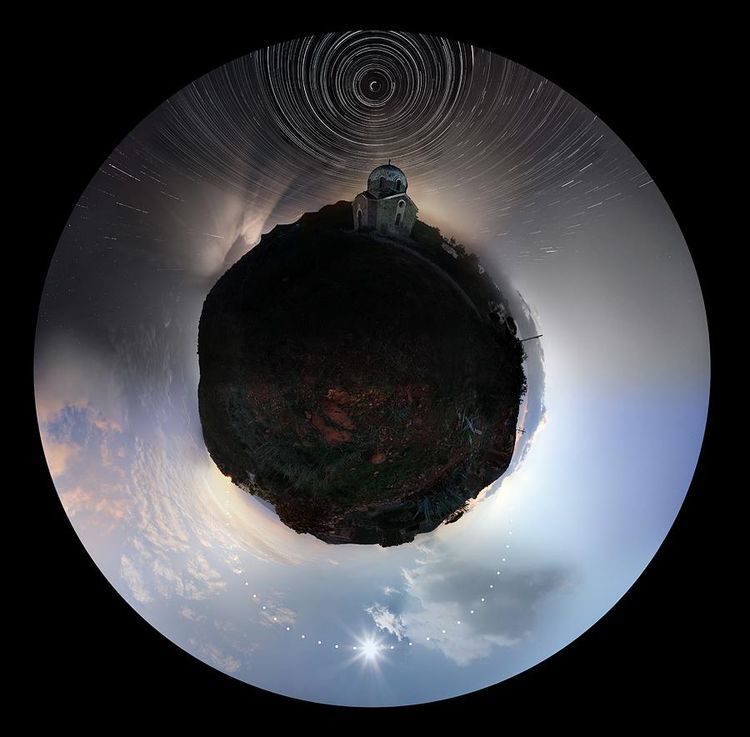
A common photo project, especially for newbies, is some variation of “a day in photographs,” meaning you keep a camera with you for a full day and shoot whatever strikes your fancy. I had to do a project like this in college, and might very well dedicate a whole 24-hours to shooting personal work again one day. Then once in a while you come across a photographer like Greek photog Chris Kotsiopoulos who takes a simple idea like “a day in pictures” and takes it to the next level and then some.
Kostiopoulos photographed the sky for 24 hours, capturing the movement of the sun, star trails, and even the Temple of Poseidon. After 30 hours of shooting and 12 hours in post production, his final image is nothing short of amazing. Read more about his process at Earth and Science. Also take a few minutes (if you could use a distraction from your work day) to check out the other images on his website, boasting beautiful sky and star pictures in addition to star trails galore.

